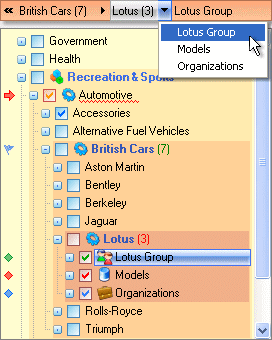prototyping
The Prototype Pitfall
Tim Weaver, channeling Robert Glass, on the five laws of prototypes: 1. The answer to any prototype / feasibility question is always yes 2. Whatever poor coding practices you use to build your prototype will be replicated in the final production version 3. No matter how poor the performance of the






